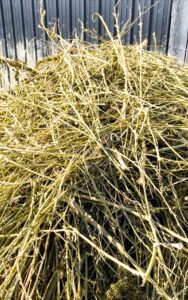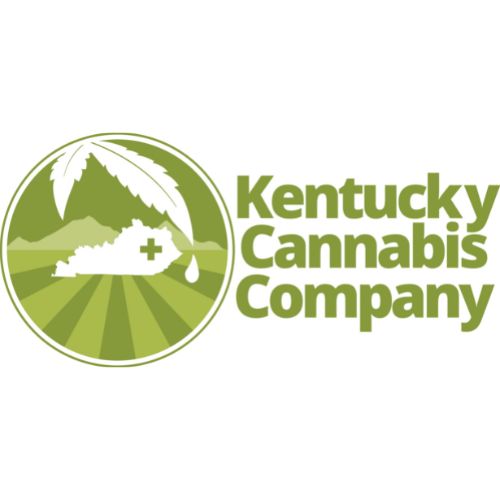Across the world wide web of tangled information, there is a plethora of misguidance in regards to Cannabidiol (CBD) that leaves consumers confused and unsure what to purchase for themselves or their loved ones. One of the biggest fallacies we come across is what part of the plant CBD should be derived from. Not all CBD products are created equal and it is quite common to see the phrase “full spectrum” and “whole plant” used interchangeably. These two phrases are not synonymous.
That being said, whether using the term “whole plant” or “full spectrum”, what people are looking for is the “Entourage Effect”. When the natural components within a plant interact together and with the human body they produce a stronger influence than any one of those components used alone. Consider it teamwork. When multiple compounds are combined in their natural state, we don’t end up with the sum of the parts; we get a multiplying effect instead. The different compounds can amplify each other’s effects, making the overall plant more effective in treating the unwanted symptoms.

Now to the definitions: Whole plant extraction literally means sourcing from the entirety of the plant— stalk, stem, seed, fan leaves, etc. This is typically seen as “aerial parts” on the ingredients list on the label. Full Spectrum means not removing or isolating any of the naturally occurring cannabinoids, Flavonoids, or terpenes. Even if one naturally occurring compound is missing, it is not full spectrum.
Why should it matter? Well, did you know that hemp is an impressive phytoremediator, meaning that it absorbs heavy metals, toxins, and other contaminants out of soil? For example, hemp has been used to decontaminate soil in places like Italy and Ukraine. The hemp industry in the United States is still highly unregulated and only fibrous parts (stalk, stem) of the hemp plant are able to be registered as USDA organic, therefore, it is crucial to know where and how your CBD products are produced— seed to sale. If the company who produces your oil does not monitor its soil and water and uses a “whole plant” extraction, you should question the purity of the final product.
When producing a high-quality, full spectrum CBD extract, the goal is to yield as much Cannabidiol (CBD) as possible while not eliminating or damaging any other naturally occurring cannabinoids, flavonoids, terpenes, etc. Given that the majority of that content resides in the bloom of the plant, there is no reason to consume a CBD product created from non-essential parts or as a secondary byproduct once the rest of the plant has been used to create rope, building materials, etc. This is the main reason ‘full spectrum’ should not mean ‘whole plant.’ It is common canna-knowledge that the fibrous parts of the plant are nearly negligible of cannabinoid content— the majority residing in the resin-rich trichomes.

Trichomes are the microscopic crystalline nodules that house the majority of cannabinoid content and play an important role when determining what you are looking to get out of your plants. The majority of C. Sativa trichomes are found on the bloom of the plant, making it the ideal and most effective part of the plant when looking to extract and produce quality CBD products.
In the grand arena of CBD, there are a lot of factors that determine the quality of a product, the source of extraction topping the list. Next time you are on the hunt for a CBD product best suited for you and your family, keep these key indicators in mind and you will surely navigate toward a genuine, quality product.
If you have any questions about our products we would love to hear from you! We are available all week and always aim to empower our consumers to make healthy, educated buying decisions.


Recent Comments